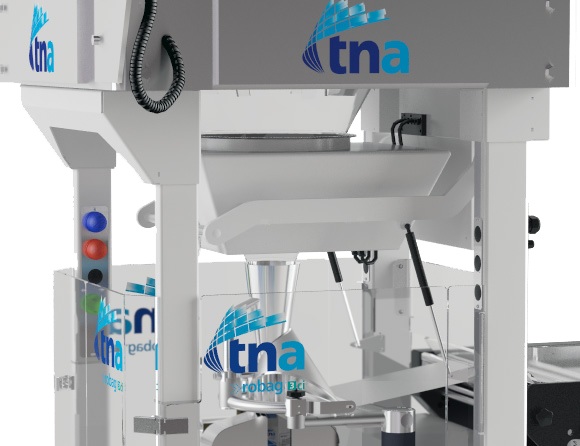Metal Detection: Top 3 considerations for your plant’s needs
posted on 11 June, 2014 by Lawrence Roos
 Metal contamination is arguably one of the most common forms of foreign bodies found in food products. If not detected, it can become a major safety hazard for consumers, not to mention the damage it can do to a brand and the cost of product recalls. With so many potential origins for metal contaminants – from raw materials and machinery, to people, processing and the environment – the pressure is on for food manufacturers to reduce risk and put efficient controls and detection methods in place.
Metal contamination is arguably one of the most common forms of foreign bodies found in food products. If not detected, it can become a major safety hazard for consumers, not to mention the damage it can do to a brand and the cost of product recalls. With so many potential origins for metal contaminants – from raw materials and machinery, to people, processing and the environment – the pressure is on for food manufacturers to reduce risk and put efficient controls and detection methods in place.
An essential safeguard in modern food processing and packaging, metal detection systems are a powerful line of defense. However, as with most technologies, following best practice and proper management is key to ensure maximum protection and effectiveness. Here’s our top three tips on what to consider when selecting a metal detection system:
1. Aim to optimise sensitivity:
The type of metal contaminant to be detected, aperture size and the type of packaging material used all affect metal detecting capabilities. Ferrous, non-ferrous and non-magnetic stainless steel can all be encountered during the food manufacturing process, so it’s important to cover all bases. Contaminant size also impacts on sensitivity, with larger contaminants obviously being easier to detect. Also take into account the metal detector’s operating frequency as this affects detection accuracy for certain types of contaminants.
2. Think about the position of the system:
Identifying potential sources of contamination and necessary inspection points is vital. Metal detectors should be strategically placed to ensure potential contaminants are identified as early as possible and to reduce the cost of rework or waste. At the very least, they should be placed at the end of every production line. That said, the further downstream a contaminant is detected, the greater the cost to the manufacturer.
3. Integration capabilities:
Compatibility with the rest of the production line is a must, whether it’s a new line, part of a refit, or fulfilling an ad hoc need. As well as integration considerations, detection systems must be capable of performing accurately at the same speeds as the rest of the line, to maintain overall productivity. The most innovative metal detection technologies such as tna’s hyper-detect® metal detector comprises a fully integrated design that’s easily compatible within a VFFS packaging system for a single point of operation.
To hear more about our expert metal detection systems contact tna today.



 Español
Español  Português
Português  Italiano
Italiano  日本語
日本語  中文
中文  Français
Français  Deutsch
Deutsch  Русский
Русский  العربية
العربية 

 Metal contamination is arguably one of the most common forms of foreign bodies found in food products. If not detected, it can become a major safety hazard for consumers, not to mention the damage it can do to a brand and the cost of product recalls. With so many potential origins for metal contaminants – from raw materials and machinery, to people, processing and the environment – the pressure is on for food manufacturers to reduce risk and put efficient controls and detection methods in place.
Metal contamination is arguably one of the most common forms of foreign bodies found in food products. If not detected, it can become a major safety hazard for consumers, not to mention the damage it can do to a brand and the cost of product recalls. With so many potential origins for metal contaminants – from raw materials and machinery, to people, processing and the environment – the pressure is on for food manufacturers to reduce risk and put efficient controls and detection methods in place.


